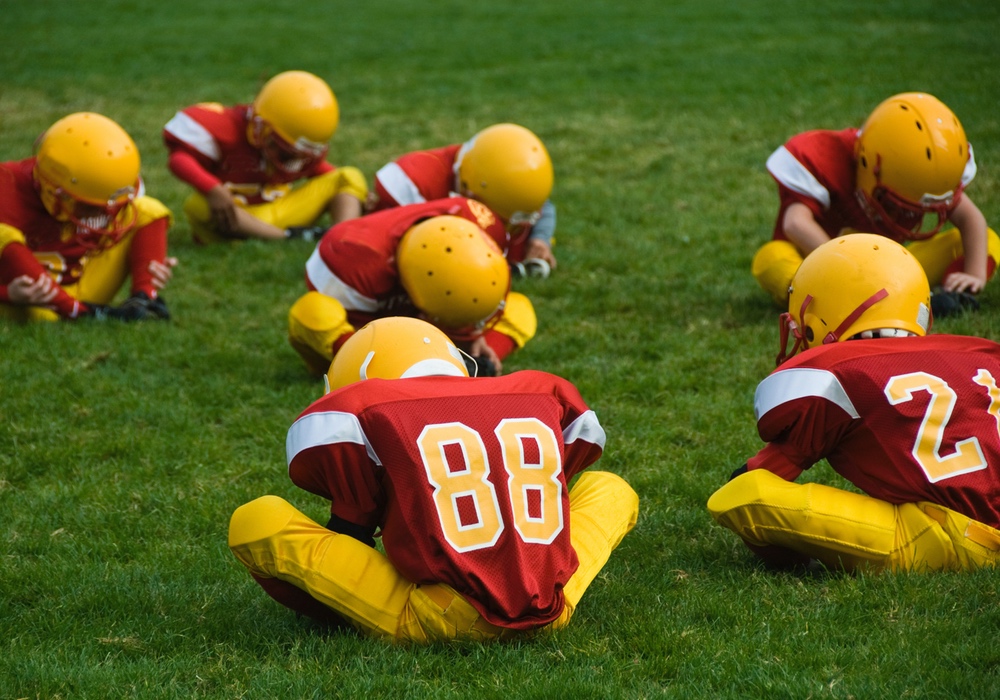Kids are returning to school and to playing team sports again. That’s great news, but it also warrants caution. COVID infections are not the only risks schoolchildren face.
Around 12 percent of young athletes suffer concussions while playing or practicing sports or engaging in recreational activities. Kids who have had a traumatic brain injury may experience symptoms that include:
- Headaches or pressure in the head
- Nausea and/or vomiting
- Balance problems
- Dizziness, blurred vision, and/or sensitivity to light or noise
- Confusion and/or memory problems
- A vague feeling that’s something’s just “not right”
Often these issues fade by a week or two (usually sooner), although some injuries can last a few months to a year or possibly longer. That’s bad enough. But a new Canadian study points to yet another concussion complication — continued and repeated small hits in vulnerable players. Athletes who have had a concussion in the past are more likely to experience additional and more serious brain injury from a later concussion.Within a year following a recent concussion, those athletes with a previous history of concussions had a sharper decline in blood flow to their cingulate, an area of the brain involved in processing emotions and behavior regulation.
The study followed 228 athletes, with an average age of 20, who played popular sports like football, volleyball and soccer. Sixty-one of the participants had experienced a recent concussion; 167 had not. Within the first group, 36 had a past concussion; within the second group, 73 had a history of concussion. Because the researchers wanted to track the health of the participants’ brains, they took as many as five brain scans of each of the athletes who suffered a recent concussion from the time of their injury to one year following.
The researchers found disturbing information. Within a year following a recent concussion, those athletes with a previous history of concussions had a sharper decline in blood flow to the cingulate, an area of the brain involved in processing emotions, depression, overeating and other forms of behavioral regulation.
The team also found that athletes with previous concussions and more recent injuries suffered microstructural changes in the splenium, the region of the brain that’s involved in everything from language, reading and calculations, to IQ, behavior and consciousness.
“Our findings suggest that an athlete with a history of concussion should be watched closely, as these subtle brain changes may be worsened by repeated injury,” the study’s author, Tom A. Schweizer, of St. Michael’s Hospital in Toronto, Canada, said in a statement. “[These] results should raise concern about the cumulative effects of repeated head injuries later in life.”
One shortcoming of the study is that it relied on the participants to report their own histories of concussion which might not always be accurate. But regardless of a young athlete’s history of head injury, it’s important to avoid the possibility of injuring developing brains. Here are some ways to reduce the chance of serious head impact while playing sports:
- Always wear proper fitting equipment, a helmet in particular.
- Follow the safety rules that have been designed to reduce injury.
- Have concussion baseline testing which involves both computerized and physical testing to help health practitioners identify areas of the brain impacted by new concussions.
- Take head injuries seriously. Don’t allow young athletes to just “walk off” head injuries and play through the game.
This study, “Acute and Chronic Effects of Multiple Concussions on Midline Brain Structures,” is published in Neurology.





